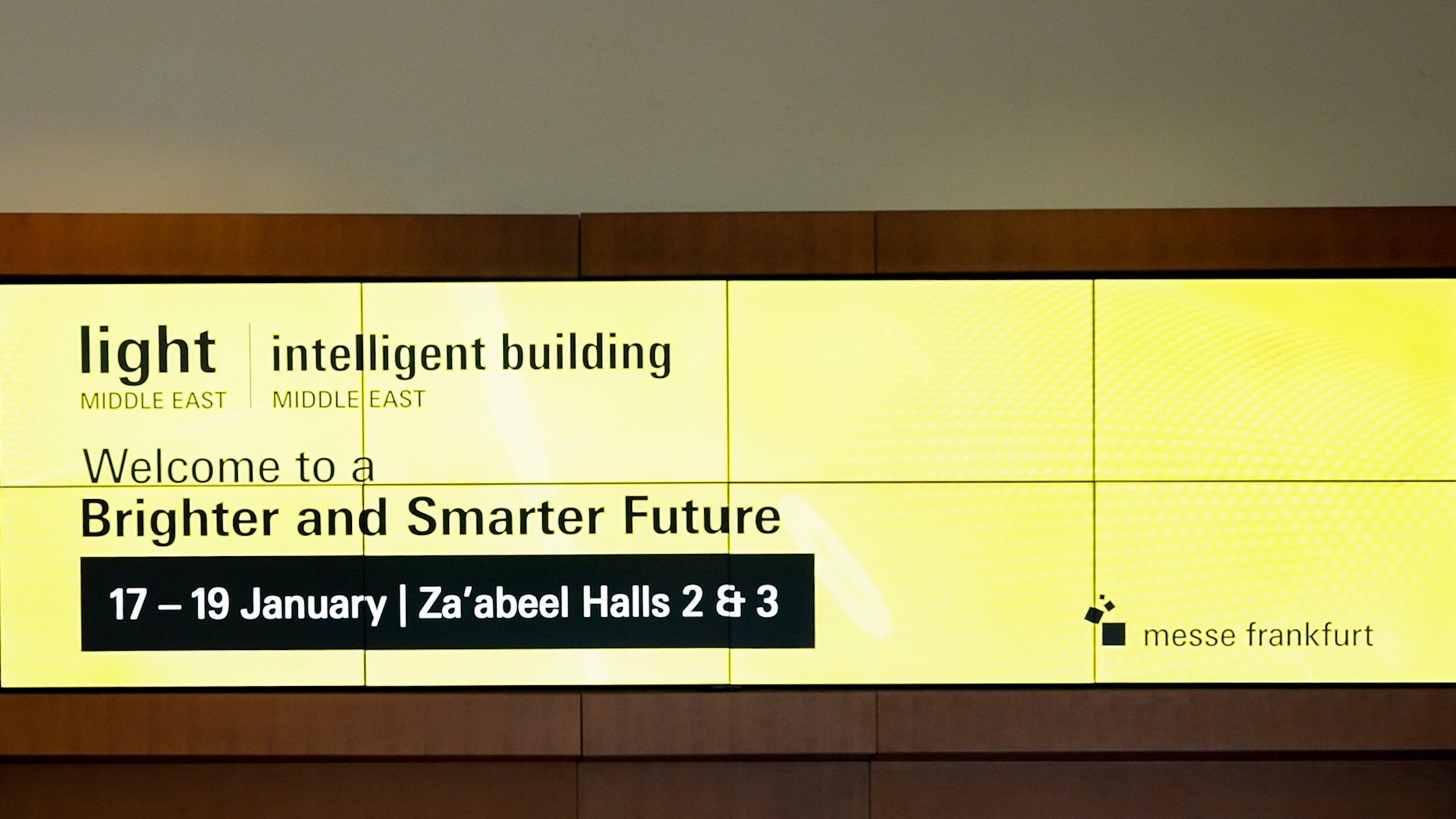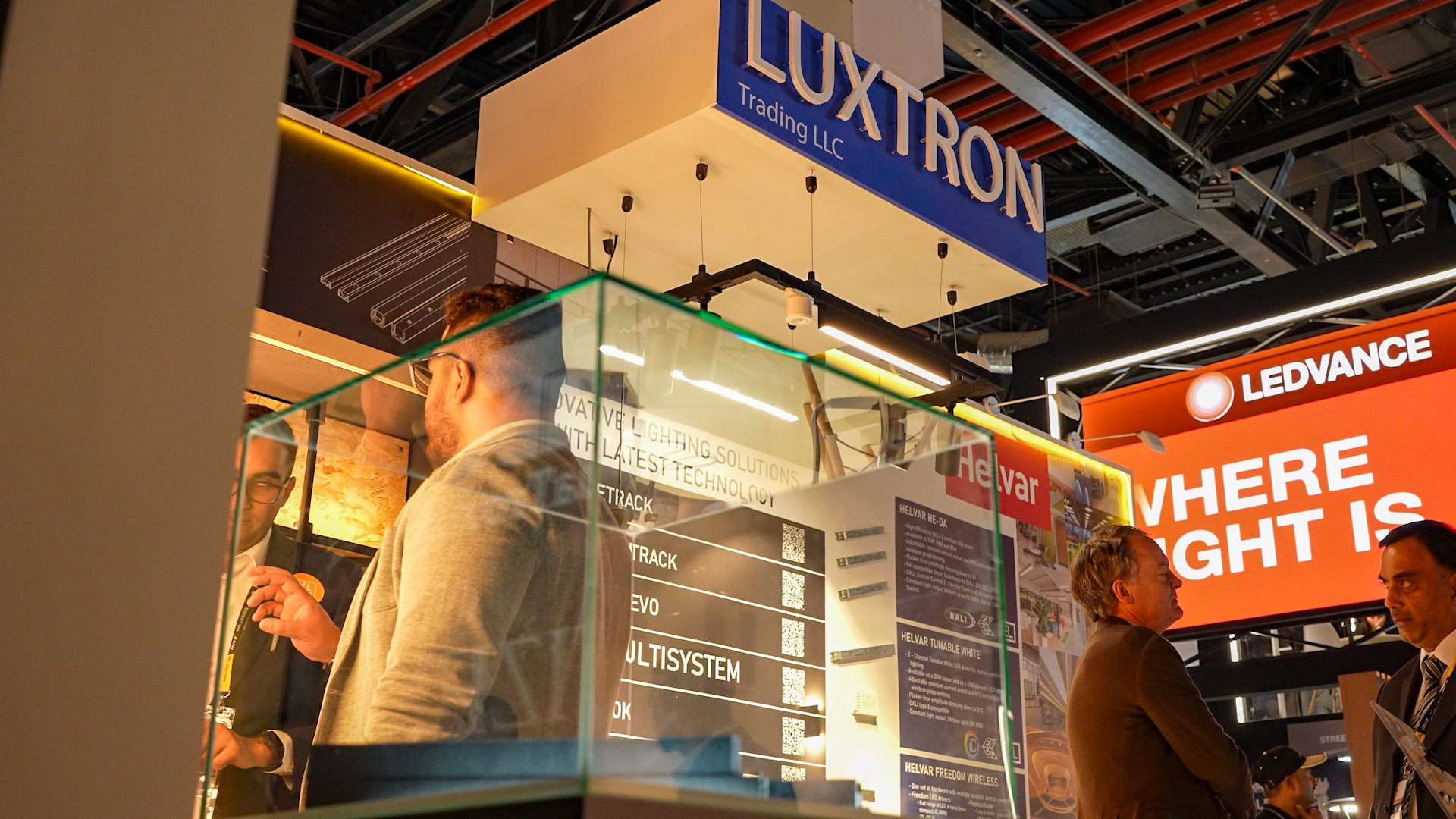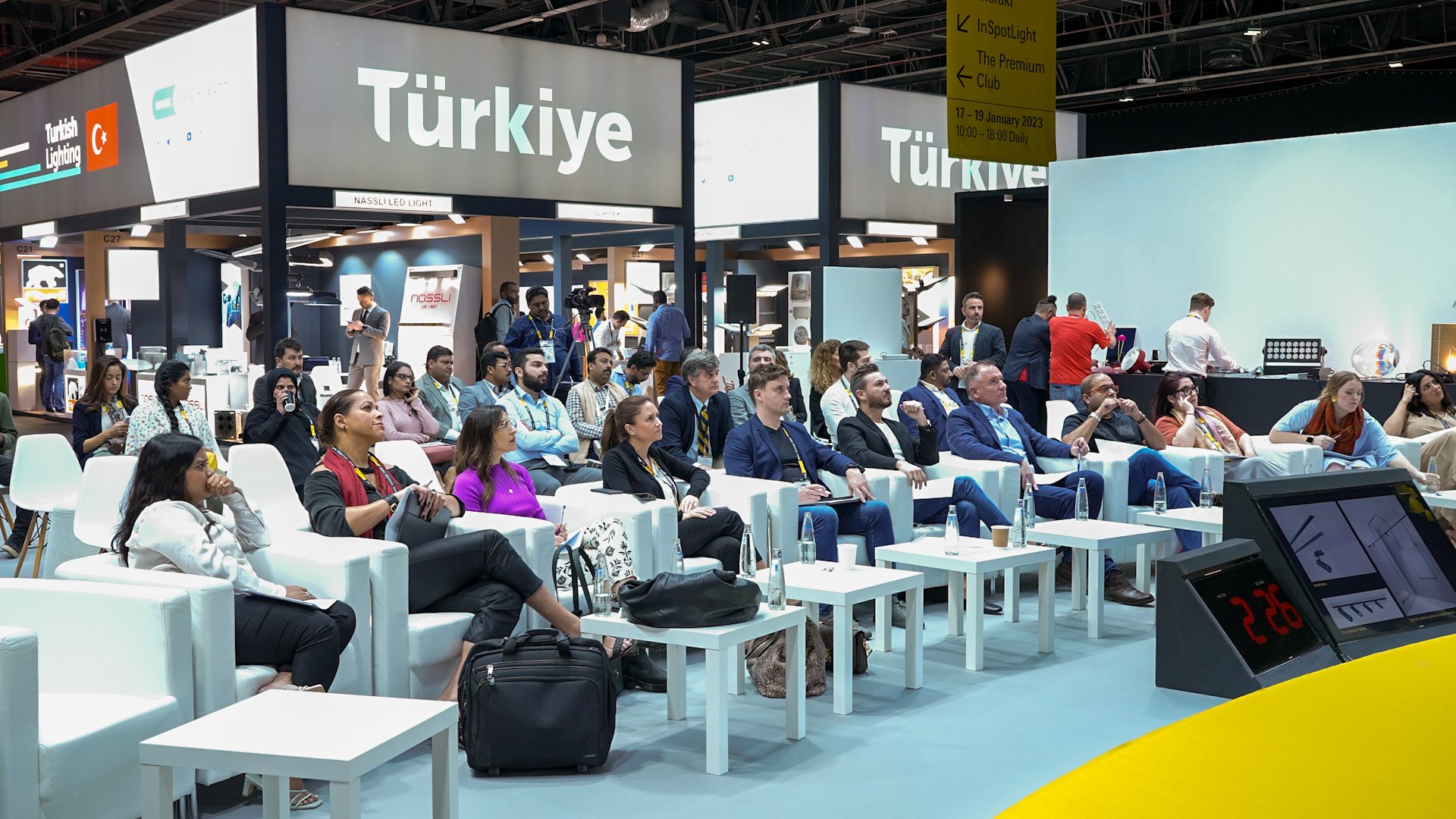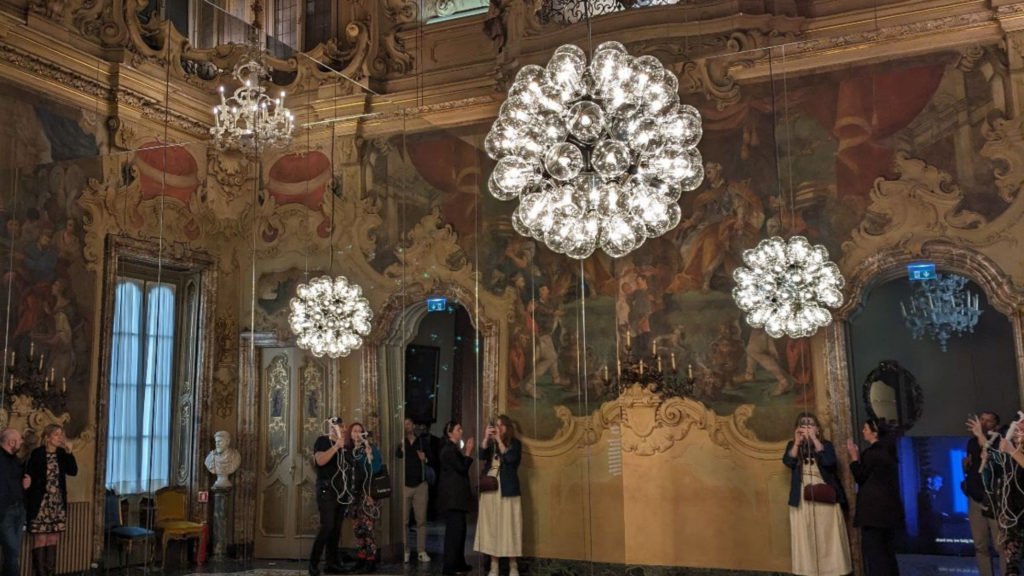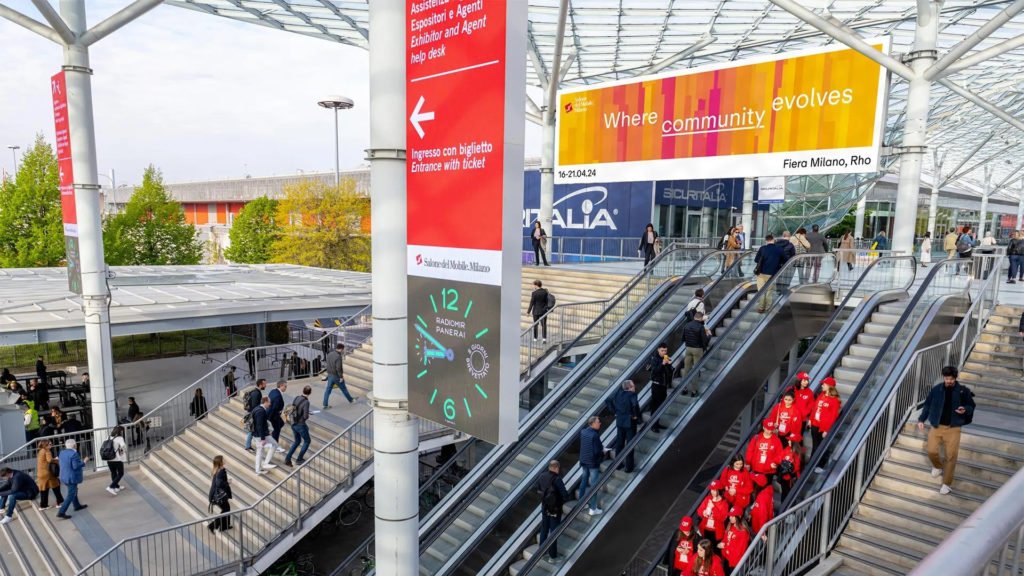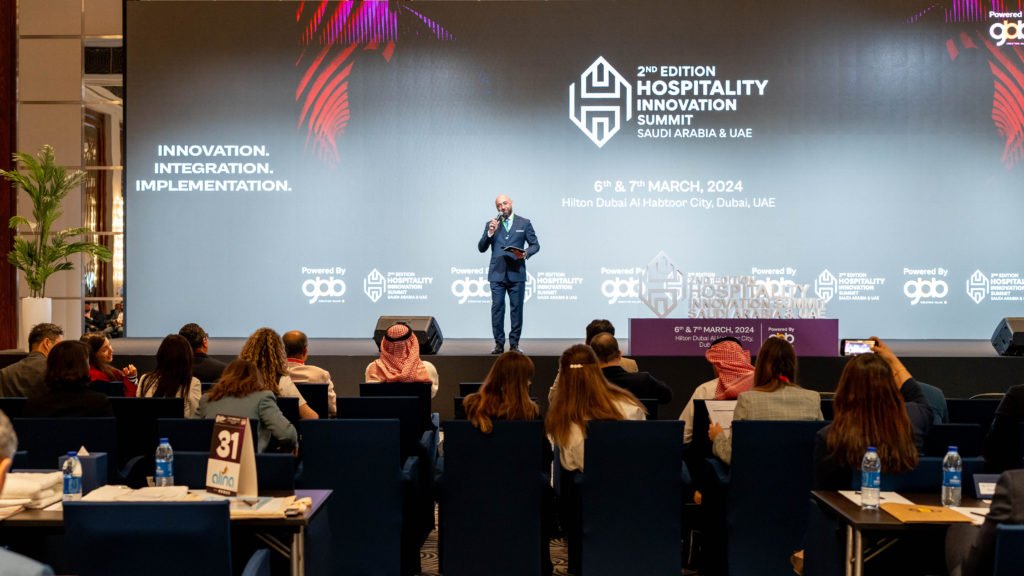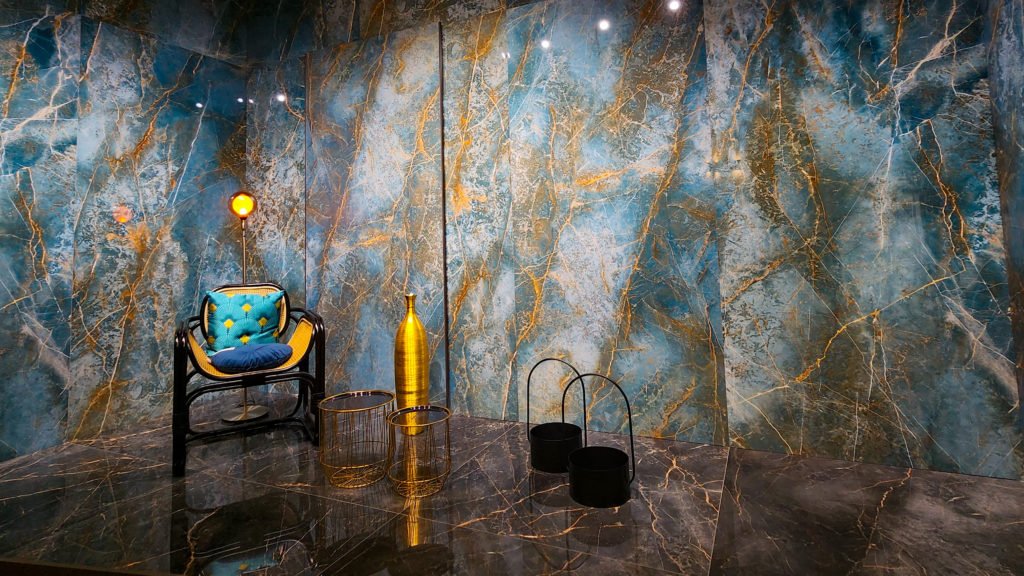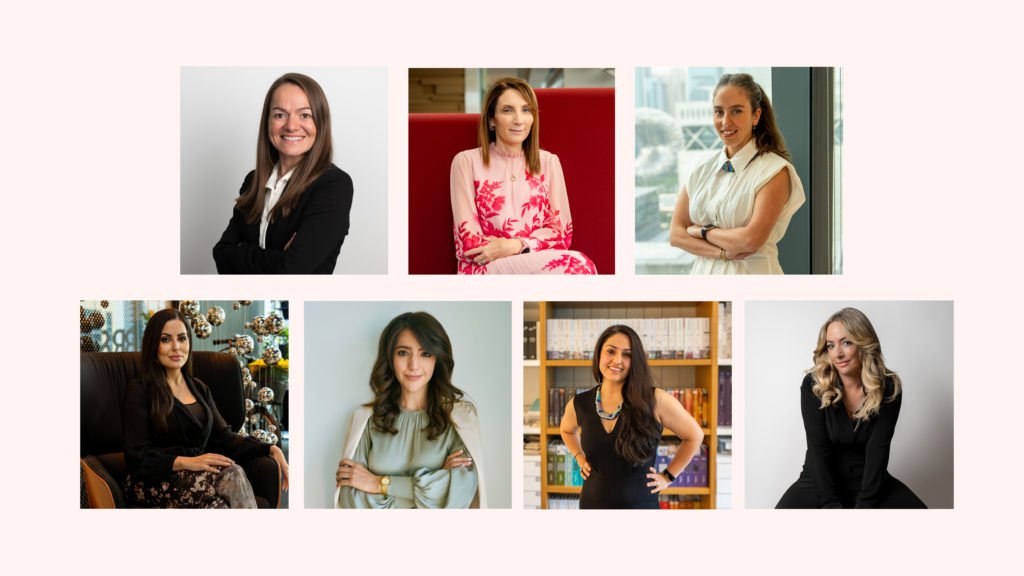Light is an integral part of life, yet lighting is often the unsung hero (or villain) in spaces. Interior designers and architects use lights in a space for varied purposes, from setting the mood to conveying the concept. Commemorating this niche, Light Middle East 2023, the region’s leading light exhibition brought together suppliers, brands & manufacturers, industry experts and designers from 17th to 19th January, 2023 at Za’abeel Hall, Dubai.
The agenda of Light Middle East 2023 was to become a stage for dialogue within the lighting industry as well as provide incentive for corresponding industries to indulge in the nitty-gritties of the lighting world. Together with featuring products within lighting, electrical engineering, home and building automation products, the event also hosted panel talks that gave valuable insights. Here are the top takeaways from the Light Middle East 2023….
Integration and Automation is the way forward
Lighting products have one major purpose: to impart light and visibility. Over the years, these products have evolved to become aesthetic elements as well. However, moving forward there is a notable surge in having other integrations in the products.
For instance, Zeta Lumen, one of the prominent distributors in retail lighting, has come up with speakers in their track lighting. In the bigger picture of energy saving, automation was on the list of characteristics of most products showcased at the event like Ledvance and La Luce.
All in all, there seems to be a conscious shift. Lighting in architectural and interior projects has now begun taken as a single commodity alongwith electrical engineering. Whereas, earlier there was a certain disconnect – lighting was looked upon as an independent genre.
Light Pollution is real, and its effects can be seen everyday in the night sky
A considerable chunk of lighting design includes outdoor lighting, out of which street lights are probably one of the most crucial briefs. Outdoor lighting, especially street lighting, are the biggest contributors to the phenomenon of light pollution.
Over a hundred years ago, one could look up at the night sky and see stars across the Milky Way. However, today night skies are blurry and disrupt the natural Circadian rhythm of species, which in turn leads to ill effects on human health. Out of all the climate crises, light pollution – caused by excessive or misdirected artificial light – is likely the easiest to overcome. However, the low awareness on the issue, seems to be a hurdle in actively and collectively working on it.
In a talk titled, ‘Lighting Design and the Night Sky: Preserving the relationship of humans and the Night Sky’, Abdulaziz Alazem, Managing Director of DTS – an architectural lighting solutions firm, presented an Immersive Theatre project from Saudi Arabia. Images of the project revealed that thoughtful and considerate solutions in lighting design had managed to accompany the charming project with an even charming night sky.
The IDA (International Dark-Sky Association) is a body that is dedicated to preserving night skies and improving its state.
Hurdles between circular economy and lighting design
LEDs are the king, and they are going to reign supreme for the foreseeable future. Their longevity, light dispersion and cost-effectiveness are tough-to-beat. Although, there are other components in lighting products that do not share the same longevity. So, when it comes to lighting – what can really bring about a circular economy?
As experts Paul Nulty, Founder, Nulty; Praveen Thampi, President, The Ministry of Light; Ruth Kelly Waskett, Senior Associate, Hoare Lea LLP and others debated on the topic of Circular Economy of lighting products, insightful conclusions and root problems came to surface.
For example, a lighting product can be recycled – from a client’s perspective, would this always be a profitable solution over simply discarding the product? If there are components and materials that take more effort to recycle, should there be standards governing choosing materials?
The entire discussion, overall, seemed to highlight a fatal flaw – the absence of a body that has a clear outline of standards. All panelists seem to agree that while bodies like the Green Alliance and TM66 manage to do decent, there is a need for a holistic and centralized voice to set codes.
Overall, Light Middle East 2023 covered a range of topics, and showcased a variety of products. Impressive and well-prepared panelists and speakers made for a good learning experience, and opened necessary dialogues amongst industry thought-leaders. For the next installment, we hope to see more international representation and an even more diverse angle on panel talks.

